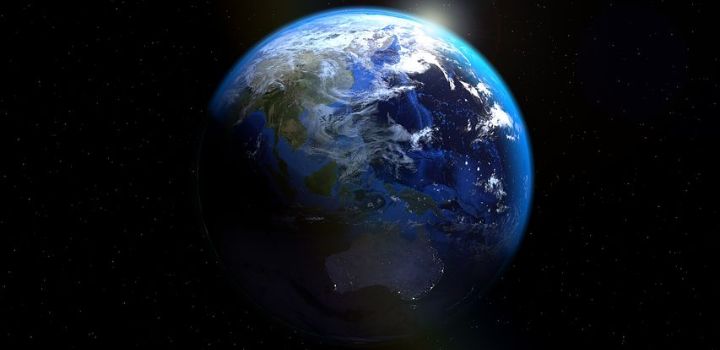Earth Day, a day of environmental action celebrated around the world on April 22, aims to reform policies, raise money, and alter people’s conduct in order to combat climate catastrophe. When it comes to mitigating the effects of global warming, we are still far off-course, as evidenced by the Intergovernmental Panel on Climate Change’s (IPCC) most recent report. Earth Day 2023 will be held in this context.
The IPCC warns that despite all mitigation efforts, the Earth’s climate is still warming and might hit 1.5°C as early as 2030 or as late as 2035. Greenhouse gas and CO2 emissions must be decreased by at least 43% by 2030 and at least 60% by 2035 (relative to 2019 levels) to prevent them from exceeding this limit.
Table of Contents
In addition to being “a how-to guide to defuse the climate time-bomb,” UN Secretary-General António Guterres called the study “a clarion call to massively fast-track climate efforts.”
Five climate solutions must immediately scale up
Here are five climate changes that, if they can be implemented quickly, the IPCC believes will have the greatest impact on the world’s ability to reduce greenhouse gas emissions.
1. Investing in renewable energy technology
To cut CO2 and other greenhouse gas emissions, a significant decrease in the usage of fossil fuels is required. The IPCC emphasizes the importance of enhancing the use of renewable energy sources and investing in diversified energy supply systems.
The most efficient and effective ways to combat climate change, according to this argument, are wind and solar energy. In addition to these, carbon capture and storage technology (CCS) will be required to limit CO2 emissions from any lingering uses of fossil fuels.
2. Protecting forests and other ecosystems
The most effective carbon sinks come from nature. Because of this, preventing the destruction of forests and other natural ecosystems will be essential to halting global warming. The first step in preserving existing forests is sustainable forest management. However, it also includes techniques like reforestation, which involves planting new trees in a forest where the number of trees has decreased, and afforestation, which is the process of establishing new forests.
According to the IPCC, reducing deforestation in the tropics has the greatest potential for overall mitigation, but other ecosystems including those in the arctic, mountainous, and coastal regions also need to be protected.
3. Limiting emissions in food systems
Our ability to produce food is closely related to ecosystems. According to data from Our World in Data, the amount of habitable land used for agriculture and food production accounts for more than a quarter of the CO2 emissions, not to mention other greenhouse gases like nitrous oxide and methane. Another important step in slowing global warming will be to reduce these emissions.
The IPCC highlights the need for improved water management, agricultural management, and livestock management. With the exception of humans, livestock accounts for 96% of all animals on the planet, a significant bias in terms of biodiversity.
4. Expanding agricultural carbon sequestration
In addition to these actions, agricultural emissions need to be sequestered more.
As a carbon sink, the soil is important in this situation. Crops extract CO2 from the air, produce oxygen, and store carbon in the soil as they photosynthesize. This CO2 can be returned to the atmosphere by plowing or tilling. So, techniques for storing CO2 underground include crop rotation, “climate-smart” agricultural practices that don’t disrupt the soil, and soil improvement.
5. Changing human behavior to reduce CO2
All of these steps, along with those suggested by the IPCC, can help achieve the massive emission reductions required to slow down climate change. People, however, should also be taken into account as a crucial aspect.
Without behavioral changes, particularly when it comes to cutting demand, we cannot stop or reverse the effects of the climate crisis. These encompass things like making homes and workplaces more energy-efficient, changing to diets that are more sustainable, and minimizing food loss and waste.
Also read: iPhone 14 & 14 pro Price in Dubai




0 Comments